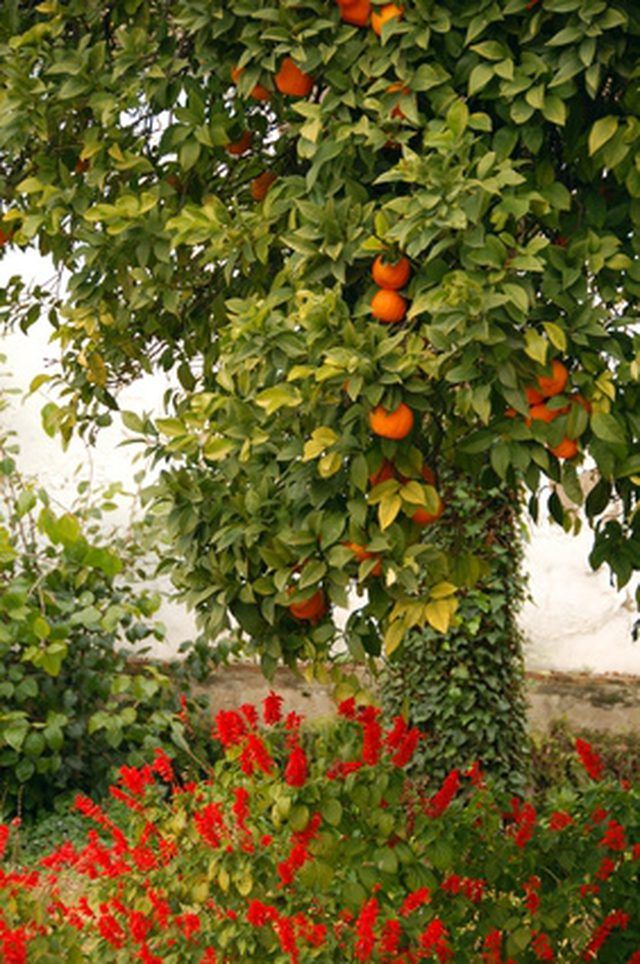Bulbs
Flower Basics
Flower Beds & Specialty Gardens
Flower Garden
Garden Furniture
Garden Gnomes
Garden Seeds
Garden Sheds
Garden Statues
Garden Tools & Supplies
Gardening Basics
Green & Organic
Groundcovers & Vines
Growing Annuals
Growing Basil
Growing Beans
Growing Berries
Growing Blueberries
Growing Cactus
Growing Corn
Growing Cotton
Growing Edibles
Growing Flowers
Growing Garlic
Growing Grapes
Growing Grass
Growing Herbs
Growing Jasmine
Growing Mint
Growing Mushrooms
Orchids
Growing Peanuts
Growing Perennials
Growing Plants
Growing Rosemary
Growing Roses
Growing Strawberries
Growing Sunflowers
Growing Thyme
Growing Tomatoes
Growing Tulips
Growing Vegetables
Herb Basics
Herb Garden
Indoor Growing
Landscaping Basics
Landscaping Patios
Landscaping Plants
Landscaping Shrubs
Landscaping Trees
Landscaping Walks & Pathways
Lawn Basics
Lawn Maintenance
Lawn Mowers
Lawn Ornaments
Lawn Planting
Lawn Tools
Outdoor Growing
Overall Landscape Planning
Pests, Weeds & Problems
Plant Basics
Rock Garden
Rose Garden
Shrubs
Soil
Specialty Gardens
Trees
Vegetable Garden
Yard Maintenance
Florida Orange Tree Care
Florida Orange Tree Care. Native to the Mediterranean, orange trees thrive in Florida's climate. Orange trees belong to the citrus family and have sweet fruit that ripens in the fall and early winter. Orange trees can grow to 30 feet tall and thrive in zones 8 to 11. With a little time and attention to detail you can have a productive and beautiful...

Native to the Mediterranean, orange trees thrive in Florida's climate. Orange trees belong to the citrus family and have sweet fruit that ripens in the fall and early winter. Orange trees can grow to 30 feet tall and thrive in zones 8 to 11. With a little time and attention to detail you can have a productive and beautiful orange tree.
Soil
Although orange trees are fairly tolerant of the type of soil in which they grow, they do need well-drained soil. The soil along the coast of Florida and in the flatwoods is richer than the soil found along the Ridge areas and in central Florida, but doesn't drain as well. Wherever you live in Florida, amending the soil with organic matter such as compost will improve the quality of the soil and its drainage.
Fertlizer
The spring after you plant your orange tree, apply fertilizer when the first new leaves appear. Measure 1/4 pound of fertilizer for the one-year-old trees. Double the amount of fertilizer every year of the tree's life until, by the fourth year, each tree should be getting one pound of fertilizer. Apply fertilizer once a month during the spring and summer when the tree is actively growing. Water well after each application to make sure the nutrients reach the roots.
Pruning
Generally, orange trees do not need to be pruned to shape. However, maintenance pruning should be done yearly. Remove any frost damaged branches as well as any branches injured by insect or fungus. Cut back any green suckers, or water spouts, growing from the base of the tree or sometimes where a branch grows from the trunk of the tree. These will drain the energy of your orange tree. In Florida, you can prune in the fall, as the winters are mild, but pruning in the early spring before new growth emerges is recommended. Don't prune too late in the spring, even before the flowers bud, they're forming and late pruning may result in an extremely reduced harvest.
Water
During the first year, it's important to water your orange tree often to promote good root development. Mulching is not generally recommended for citrus trees, as they are prone to fungus, but if you do mulch, keep the mulch at last 6 inches away from the trunk of the tree. Florida's average yearly rainfall is enough to keep most mature orange trees healthy, however, Florida tends to have a sandy soil which doesn't retain water well and the rains are seasonal from summer to fall. In periods of drought, water your orange tree weekly, especially as fruit is forming on the tree, at least 25 gallons of water per tree.
Winterizing
In southern Florida, it's not necessary to winterize your tree, but if you live in Northern Florida, where it freezes in the winter, especially young trees benefit from a soil bank. A soil bank is a covering of dirt mounded up around the lower part of the tree to protect it from cold weather. As soon as all danger of frost is past, remove the soil as possible. Prolonged banking may lead to fungal infections. It's recommended to spray your tree with a fungicide before mounding the dirt around the trunk of the tree.